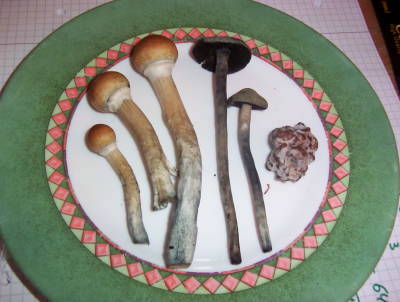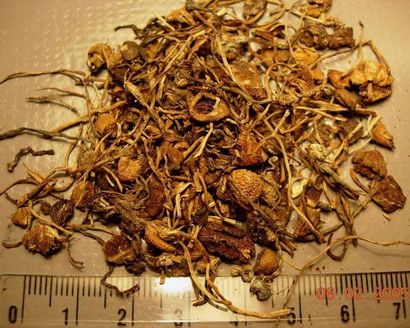Tryptamines/Magic mushrooms are obtained from certain mushrooms indigenous to tropical and subtropical regions of South America, Mexico, and the United States. Many hallucinogens are classified as Tryptamines, because they are found in nature. The average dose taken to get a hallucinogen effect for an average human is 10 to 20 milli grams. These hallucinogens produce muscle relaxation, dilation of pupils, visual and auditory distortions, and emotional disturbances. If shrooms are dried or brewed the effects of the shrooms become far less predictable. There are many types of magic mushrooms and based on the type of mushroom you will get a different effect, which is what makes shrooms so dangerous. Similar to LSD, you do not exactly know what is going to happen after you take shrooms. Also, like acid, mushrooms have a wide range of highs that go from very enjoyable sensations to terrifying thoughts, anxiety, and even death. Mushrooms are not very addictive if at all and yet repeated use only raises the chances of experiencing hallucinogen persisting perception disorder, or HPPD. HPPD is a disorder that consists of flashbacks that occur long after ingesting the drug. One use of the drug is enough to possibly induce these flashbacks.  |  |
Effects: Hallucinations, euphoria, dilated pupils, empathy, visual and auditory disturbances, “feelings of love,” and emotional distress. Some users may experience nausea, vomiting, and diarrhea. Tryptamines are very dose dependent, which means that the doubling of a regular dose could result in effects similar to LSD.